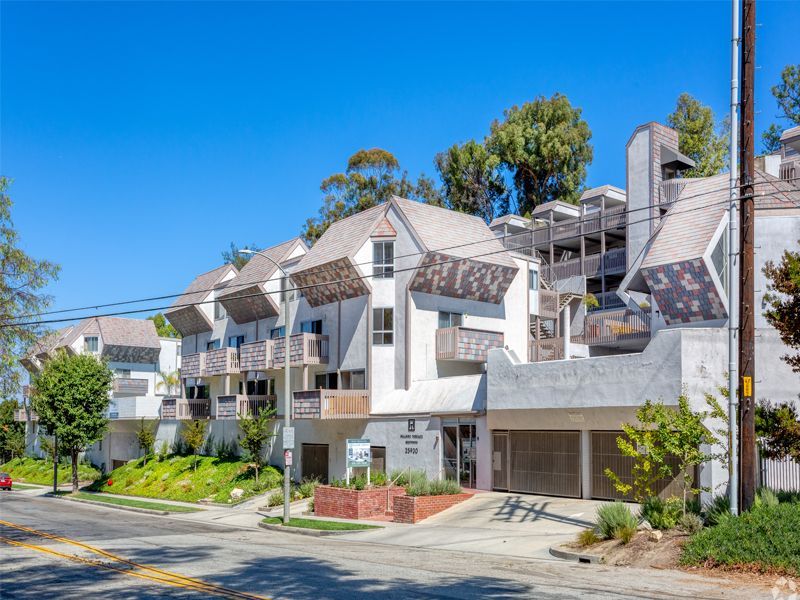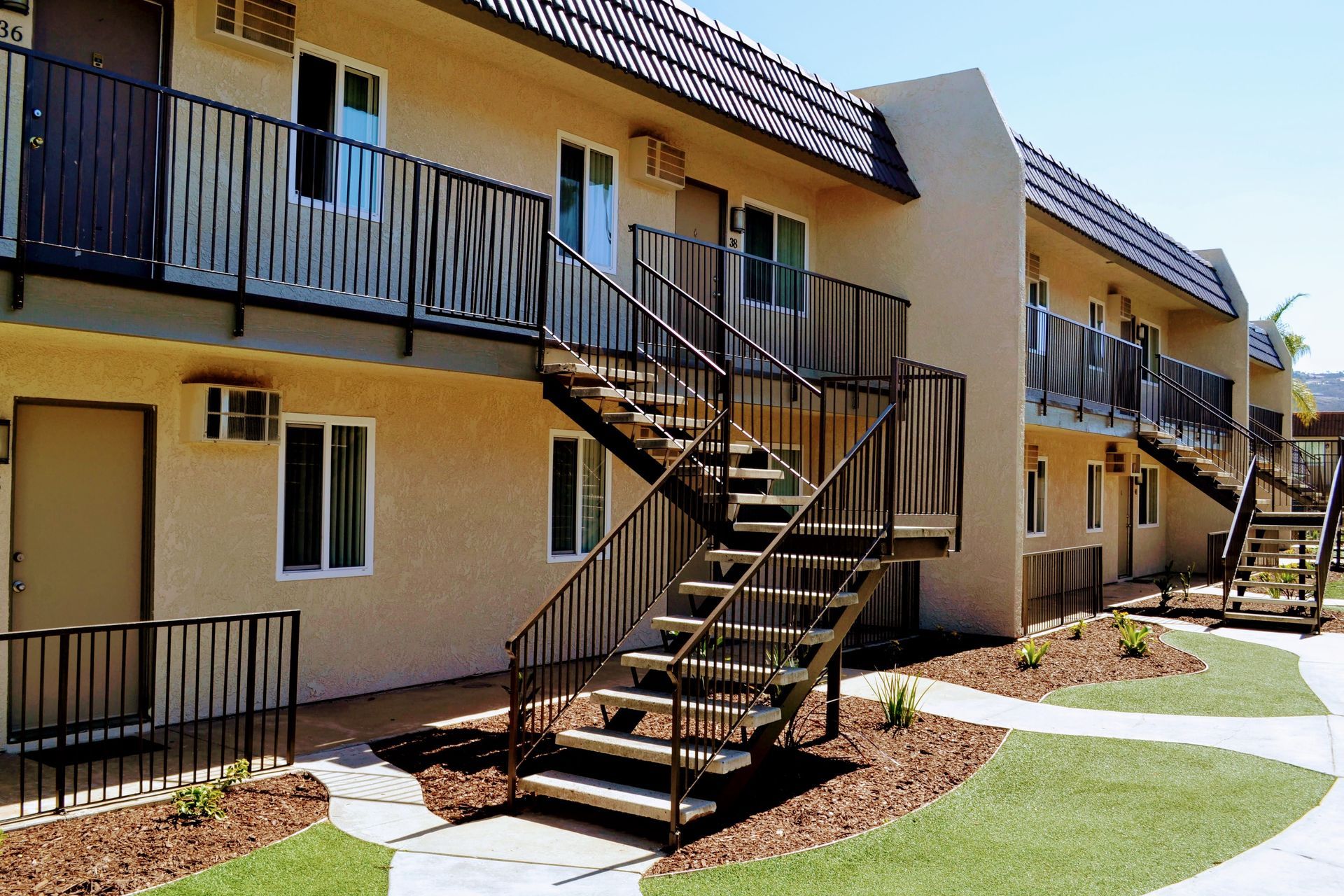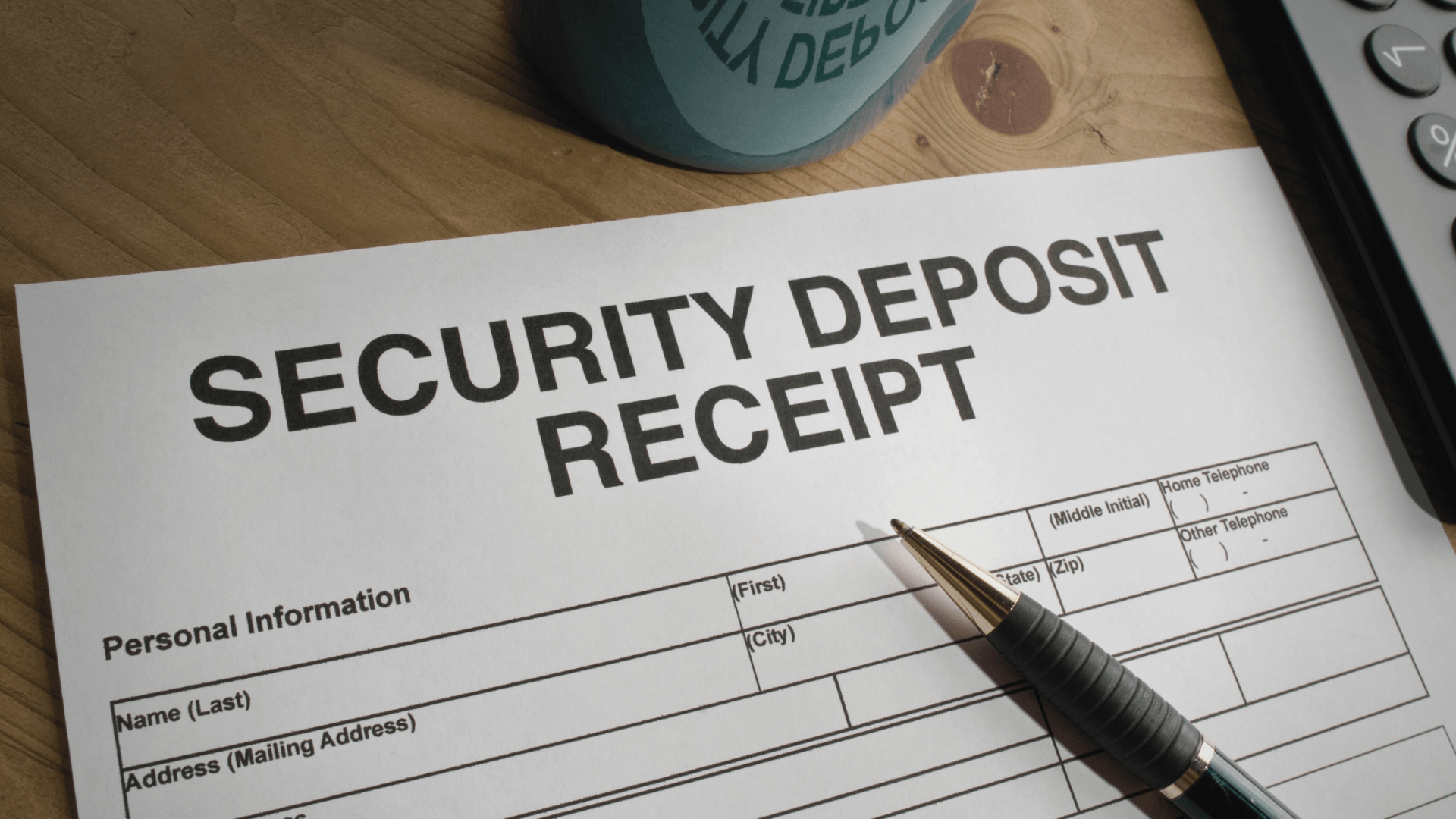Value-Add Investment
For many, the COVID pandemic has changed how they strategize their wealth. Now, there are increasingly more people seeking alternative investment opportunities outside of what would have been considered a smart decision only a few years ago. For example, when it comes to real estate investing, people are shifting away from commercial investments and instead trying to identify better value-add apartment investing opportunities. This makes sense, of course, as workers shift away from traditional offices that commercial real estate has become much riskier.
If you are interested in better understanding the value-add apartment investing process to capitalize on future opportunities, let’s walk through the four key steps that you will need to know.
1. Finding the Right Underperforming Property
The first step in putting together a successful value-add apartment investing strategy is finding the right underperforming property to invest in. This may seem like a simple task, but this can be extremely difficult. Add on the fact that this is the foundation to being a successful investor and it’s clear to see how much time and attention this step in the process should demand. This step is two-fold: you need to be able to find both a property or properties while also finding other investors, if needed.
2. Adding Value to the Property
This next step is the meat of value-add apartment investing—that is, it’s the time to look for areas of improvement that you can make to the property to actually increase the value. Without this step, you simply would not be participating in value-add investing. It’s during this step that you will determine how much capital you are willing to invest in the property and how much risk you are willing to take.
Once you have the right property, it is important to conduct a full evaluation of its location, its size, and what potential value it could bring to its future tenants. This could come in the form of adding a gym to the building, improving the appliances, upgrading the entire electrical or HVAC systems to make it more energy efficient, or even something as drastic as adding balconies to each unit.
3. Stabilizing the Investment
Following the value-add that you have put into the building, now comes the most time-consuming part, and the part that requires the most patience as an investor—running the apartment complex as a day-to-day business. Without a steady revenue stream, you cannot prove that the value-add apartment investment is a viable business to eventually sell. The important thing to remember during this step is to remain as patient as possible. For some apartment buildings, you will be able to turn around and sell quickly and make a nice profit. For others, you may not realize the benefits of the investment for years, and that is okay. But the easiest way to derail and investment like this is to sell too quickly.
4. Selling for a Profit
While some of Coastline Equity’s clients do not choose to sell their properties after completing their Value-Add renovations, some investors choose to exit and sell for a gain. For some investors, this is the step they have been working toward from the beginning—selling their value-add apartment building for a profit. Once you have established the apartment building as a viable business and positioned it for future success, sell it and realize the profits that have come from all of your hard work and patience.
For more information about value-add apartment investing from trusted industry experts, visit the Coastline Equity news section.
Property Management Made Easy
Contact Us - Contact Page
We will get back to you as soon as possible
Please try again later
Los Angeles
1411 W. 190th St.,
Suite 225
Los Angeles, CA 90248
Temecula
41743 Enterprise Circle N.,
Suite 207
Temecula, CA 92590

P.O. BOX #1489
TORRANCE, CA 90505








